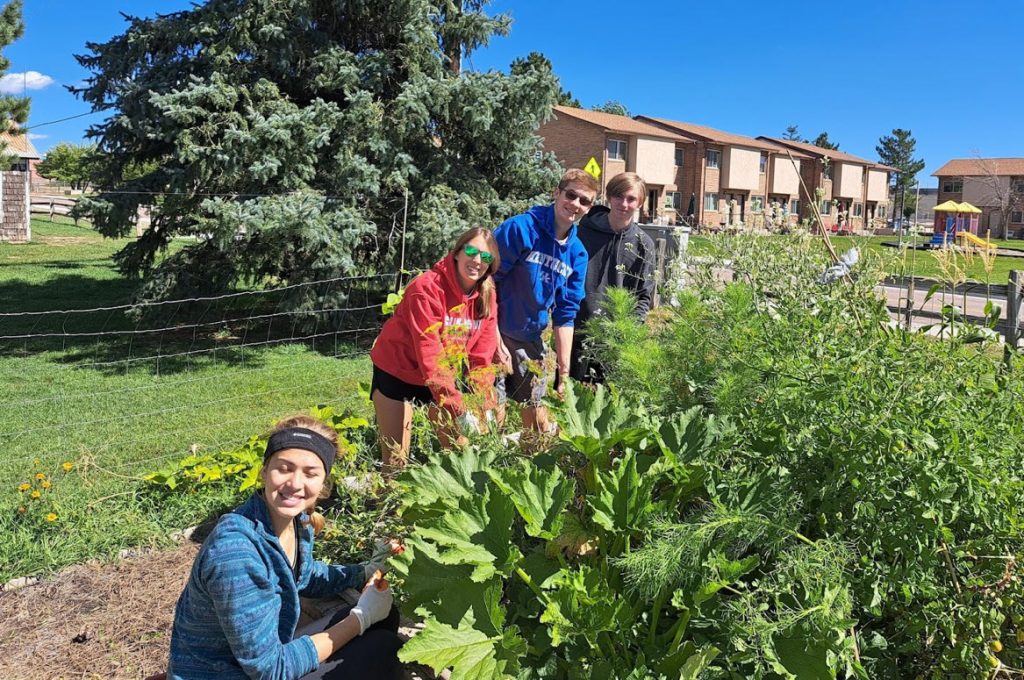By Janet Sellers
Wild horse wildfire mitigation
We may think that wildfires are an unavoidable phenomenon, but extensively published scientific studies show that the loss of large herbivores results in abnormally excessive grass and brush wildfire fuels. The same published scientific research shows that on every continent, when herbivore populations collapsed, catastrophic wildfires evolved.
Wilderness areas benefit from wild horses through the symbiotic grazing that naturally maintains wildfire fuels (grass and brush) at nominal levels, thereby reducing the frequency, size, and intensity of wildfires, as well as deadly toxic wildfire smoke (a greenhouse gas) that harms human health and accelerates climate change. A Yale-led study published in the journal Science in 2021 found a strong connection between the extinction of large grazing animals, including ancient horses, and a dramatic increase in fire activity in grasslands globally.
Wild horses actually originated in North America and lived here for 50 million years. It is commonly thought that they left the area about 10,000 years ago, but the journal Science published a 2023 study including more than 80 co-authors, which matches up with the oral histories of multiple Indigenous groups that recount their peoples had horses before Europeans physically arrived; environmental DNA suggests their presence in arctic zones as late as 5,000 to 6,000 years before the present.
The Wild Horse Fire Brigade ( www.wildhorsefirebrigade.org ) is the name of a nonprofit and also that of a nature-based solution for the plight of American wild horses. On their website, they explain that, in essence, the plan is very simple: rewild and relocate wild horses away from areas of conflict and confinement and place them into wilderness areas where they benefit flora and fauna as they reduce and maintain grass and brush wildfire fuels. America contains hundreds of millions of acres of wilderness (public and privately owned) where wild horses can live wild and free, beyond conflicts with livestock and other public land uses.
Wild Horse Fire Brigade has shown that it helps save native American wild horse species. They relate that they do this by “rewilding them from government holding facilities, and/or relocating them away from areas of contention with livestock production and humanely placing them as family units into carefully selected designated wilderness areas that are economically and ecologically appropriate.” There are approximately 353 million acres of privately owned forest lands at risk of catastrophic wildfire. There are also 110 million acres of publicly owned designated wilderness areas in America, primarily in the western United States.
Most of these wilderness areas have abundant forage and water resources but are manifestly unsuited for livestock grazing due to existing laws, existing populations of apex predators, and excessive logistics and transport costs due to the difficult terrain and remoteness of such locations. In such wilderness areas, wild horses that are restored back into their evolutionary roles as keystone herbivores naturally protect forests, wildlife, watersheds, and wilderness ecosystems.
Fall gardening tips
August is the time to get ready for fall crops and flowers. Some only take 45–60 days from seed to the September and October harvest (greens, radishes, beans, and more). It’s also time to divide irises and other perennials to ensure healthy root growth for next year’s blooms.
Janet Sellers is an avid “lazy gardener,” letting Mother Nature lead the way for Earthwise gardens. Send your tips to JanetSellers@ocn.me.
Other Gardening articles
- High Altitude Nature and Gardens – Wild Horse Fire Brigade: successful fire mitigation since the beginning of…plants (7/31/2025)
- High Altitude Nature and Gardening (HANG) – Gardening with nature’s beautiful bouncers (7/3/2025)
- High Altitude Nature and Gardening (HANG) – Enjoying nature in summer, high altitude landscaping, and weed control (6/7/2025)
- High Altitude Nature and Gardening (HANG) – May: new trees from tree branches, plant partners, bee kind (5/3/2025)
- High Altitude Nature and Gardening (HANG) – Earth Day and the joys of gardening (4/5/2025)
- High Altitude Nature and Gardening (HANG) – Wild outdoors: pine needle bread, gardening in March (3/1/2025)
- High Altitude Nature and Gardening (HANG) – Fermented February, cocoa mulch, and a chocolate “workout” (2/1/2025)
- High Altitude Nature and Gardening (HANG) – January is a seed starter month (1/4/2025)
- High Altitude Nature and Gardening (HANG) – Winter, our backyards, and forests (12/5/2024)
- High Altitude Nature and Gardening (HANG) – Let’s protect our forests, soil, and gardens (11/2/2024)










